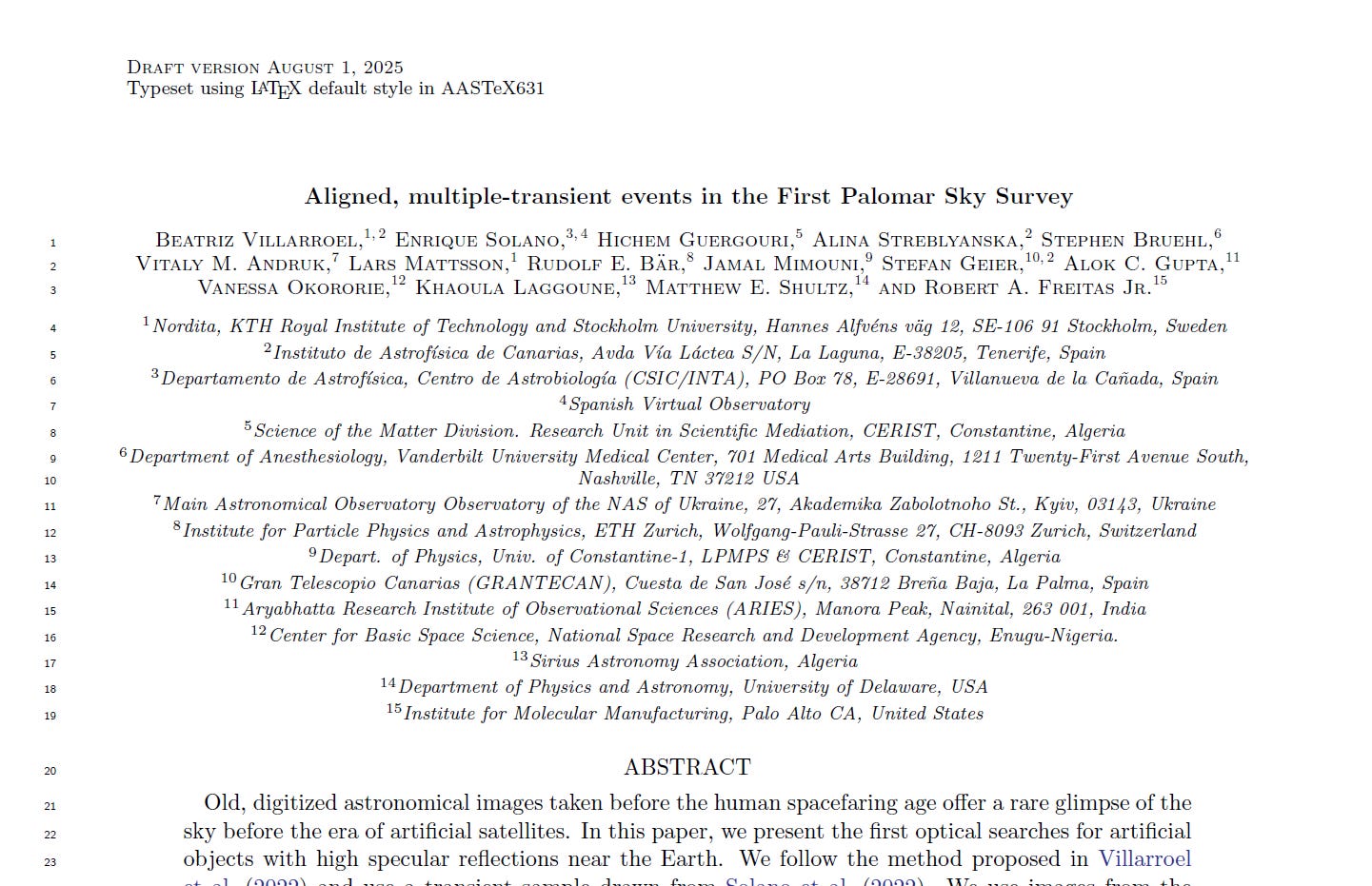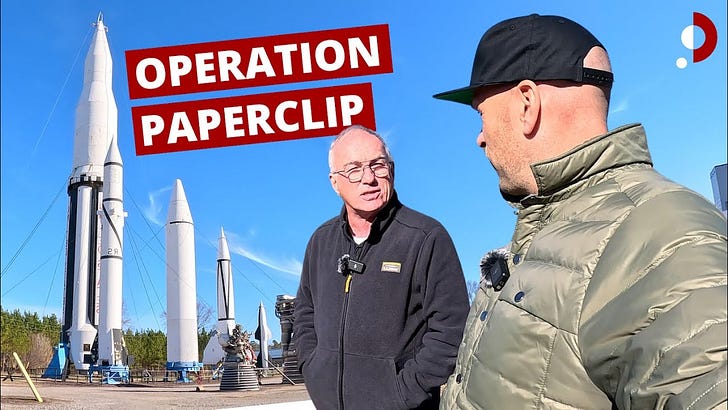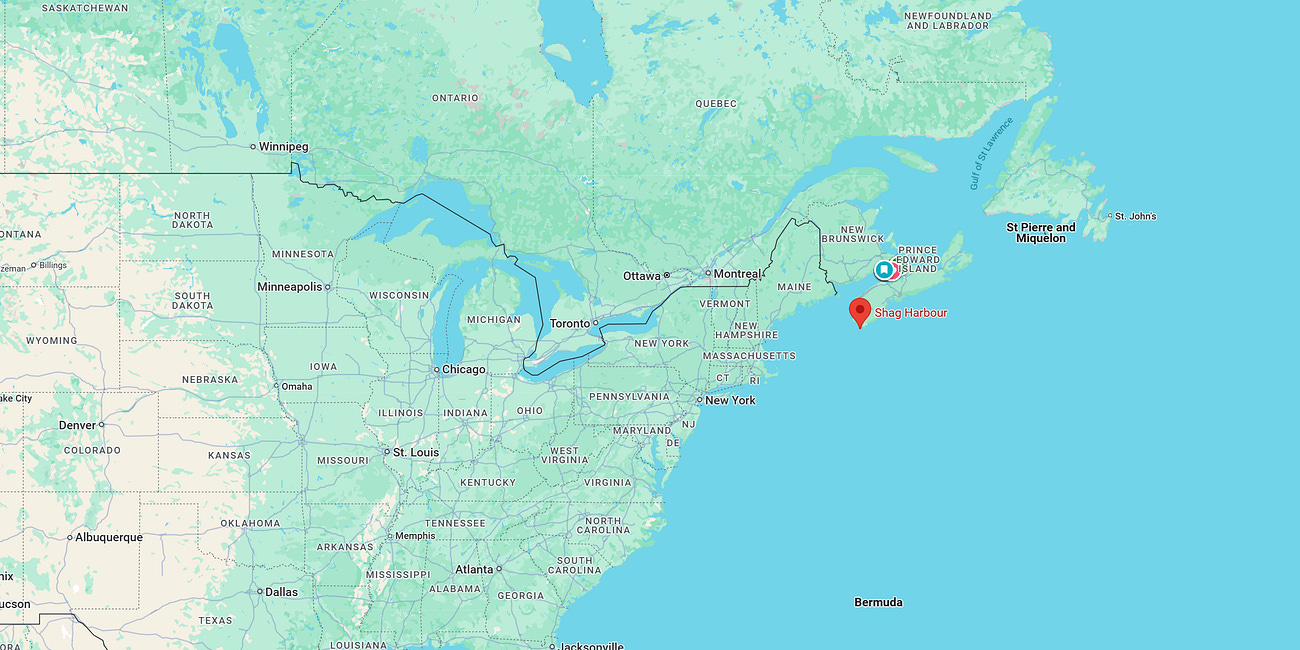The Lights That Shouldn’t Exist
In 1952, cameras captured something in Earth’s orbit — five years before Sputnik.
The draft of a new paper by Dr. Beatriz Villarroel et al., Professor of astrophysics at the Nordic Institute for Theoretical Physics (Nordita -Stockholm University ):
Villarroel et al. discovered multiple transient (short-lived) lights on 1950s-era photographic sky plates — some of which appear in straight-line alignments — and coincide in time with major historical UFO events (like the 1952 Washington D.C. flap) - no nation had any objects in orbit at this time. The first human-made satellite (Sputnik 1) wasn’t launched until October 4, 1957. Even experimental rockets (like V-2 derivatives in the U.S.) barely scratched suborbital space — and nothing stayed up long, let alone in geosynchronous orbit. The statistical unlikelihood of these patterns occurring randomly, combined with their apparent avoidance of Earth’s shadow, suggests sunlight reflection from artificial objects in orbit.
Methods:
Analysed over 298,000 transient detections from the First Palomar Sky Survey (POSS-I).
Identified 83 groups of multiple transients, with 20 4-point or better alignments.
Validated these against independent scans (DSS + SuperCOSMOS) to rule out defects.
Tested if these lights avoid Earth’s shadow, which they do — strongly suggesting solar reflection is involved (not random defects).
Noted that some alignments coincide with major historical UFO waves, including the July 1952 D.C. incident (the 1952 Washington sightings combined radar, visuals, pilot testimony, military engagement, and historical timing, making it one of the most data-rich, multi-source UFO cases on record — with no adequate conventional explanation).
The findings are inexplicable by known astrophysical or instrumental causes, and the alignment patterns are statistically significant. While not definitive proof of alien probes, the evidence supports the idea that some transients may come from reflective objects in high Earth orbit — possibly artificial, possibly not ours.
Further reading:





